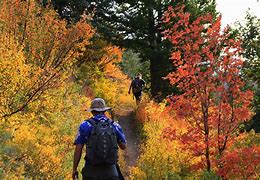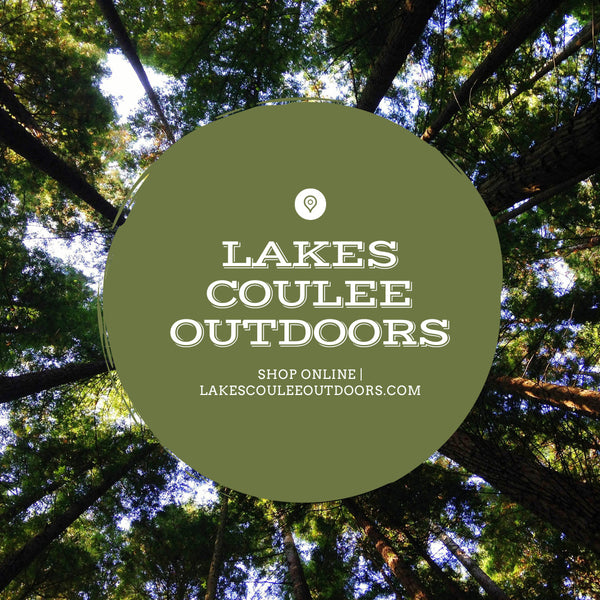
Finding the Perfect Primitive Campsite in the Mountains: A Guide to Outdoor Bliss
Share
Nestled within the majestic peaks of the mountains lies a world of natural beauty waiting to be explored. For outdoor enthusiasts seeking a truly immersive experience, primitive camping in the mountains offers a unique adventure. Selecting the right campsite is crucial for a memorable and enjoyable trip. In this guide, we'll walk you through the essential steps to find the perfect primitive campsite in the mountains.
-
Research and Regulations: Before embarking on your mountainous escapade, research the area's regulations and guidelines. Familiarize yourself with any permits or restrictions that may apply to primitive camping in the region. Some areas may have designated campsites, while others allow dispersed camping. Understanding the rules ensures a responsible and respectful outdoor experience.
-
Map Exploration: Acquire detailed maps of the mountainous region you plan to explore. Topographical maps can be invaluable in identifying potential campsites, water sources, and terrain features. Pay attention to elevation, slopes, and proximity to trails. Modern technology also offers GPS tools and apps that can aid in navigation and pinpoint potential camping spots.
-
Water Sources: Access to a reliable water source is crucial when selecting a primitive campsite. Choose a location near a river, stream, or lake, ensuring you have a convenient and sustainable supply of water for drinking, cooking, and cleaning. Be mindful of water quality and bring purification methods to guarantee safe consumption.
-
Leave No Trace Principles: Adhering to Leave No Trace principles is fundamental to preserving the natural beauty of the mountains. Select a campsite that is at least 200 feet away from lakes and streams to minimize environmental impact. Practice responsible waste disposal, and avoid damaging vegetation by setting up your camp on durable surfaces like established campsites or rocky terrain.
-
Shelter and Safety: Consider the weather conditions and terrain when selecting a campsite for your primitive adventure. Look for natural shelters such as rock formations or trees to provide protection from wind and rain. Ensure your chosen site is safe from potential hazards like falling rocks or avalanches, and be aware of the area's wildlife to take necessary precautions.
-
Proximity to Trails and Activities: Choosing a campsite close to hiking trails, fishing spots, or other outdoor activities enhances your overall experience. Balance the desire for solitude with the convenience of accessibility to nearby attractions. This allows you to explore the beauty of the mountains during the day and return to your peaceful campsite in the evening.
Conclusion: Finding the perfect primitive campsite in the mountains requires a blend of research, environmental awareness, and a love for adventure. By adhering to regulations, studying maps, and prioritizing essential factors like water sources and safety, you'll embark on a mountainous journey that connects you with nature in its purest form. Remember to leave no trace, and embrace the serenity of the mountains as you create lasting memories in your chosen primitive campsite. Happy camping!
